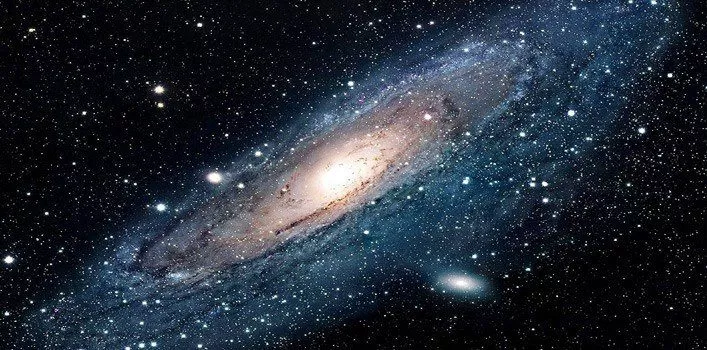The Milky Way has for so many centuries baffled scientists and philosophers the world over.
This galaxy is our home; it encompasses our planet, our solar system, and billions upon billions of stars and planets.
The Milky Way is tied into mythology from the dawn of time, across civilizations and countries, each having its own explanation for the creation of this mind-boggling all-encircling concept, from spilled cornmeal to a river placed there by greedy gods.
Here we’re going to look at 15 magnificent facts about the Milky Way.
Galileo first recognized the Milky Way’s band of light as individual stars in 1620 but Edwin Hubble, an American astronomer, is said to have discovered the true shape and span of the Milky Way as well as there being more galaxies outside of the Milky Way.
The Milky Way and Andromeda, another spiral galaxy, are heading toward one other at about 120 km per second (75 miles per second) and will collide in over 4 billion years.
Strong evidence says that at the galactic center (the rotational center) of the Milky Way lies a supermassive black hole.
The name Milky Way derives from the Greek galaxías kýklos or milky circle, due to its appearance as a dim milky band in the sky.
Cherokee legend says the Milky Way was formed when a dog stole a bag of cornmeal and whilst being chased, he spilled some. Thus the galaxy is referred to as “The Way the Dog Ran Away”.
The Milky Way, when seen with the naked eye at night from any one point on the earth, seems to be made of about 2,500 stars, the real figure is actually between 100-400 billion stars.
The Milky Way is always losing stars through supernovae, (a process in which a large explosion occurs at the end of a star’s life cycle removing almost all its mass), and produces around seven stars per year.
Any photo you’ve ever seen of the Milky Way from space is either of another galaxy or an artist’s rendition. We’re sat inside the galaxy so obviously cannot take an aerial view.
The age of the Universe is estimated to be 13.7 billion years. The oldest stars in the Milky Way, found in globular clusters, are 13.6 billion years old.
The galaxy rotates around a central axis. Since about 65 million years ago, or the time the dinosaurs became extinct, the Sun is believed to have traveled about a third of the way around this center.
Keper-186f, a planet on the outer edge of the Milky Way’s habitable zone circling a dwarf star, was discovered in 2015 and is 4.730 trillion km (2,939 trillion miles) away. Keper-186f may be able to sustain life.
Two-thirds of the galaxies in the known universe are spirals, and two-thirds of those are barred, the Milky Way ticks both of these boxes making it one of the most common galaxy designs.
The Milky Way has a diameter of about 9.5 x 1017 km (. If our solar system was a U.S. quarter, the sun would be a microscopic speck of dust and the Milky Way would be as big as the U.S.
In China, the Milky Way is known as ‘the silver river’. It’s said in Chinese Mythology that the river was placed there by the gods to keep their weaver and a herdsman who loved her apart.
Our solar system orbits the galaxy’s center at around 827000 kph (514,000 mph). An object going this fast could travel around the Earth’s equator in 2 minutes and 54 seconds.

Even to this day, there is so much more of our galaxy to explore.
To travel to the outer edge and see it in all its glory is nothing more than a very distant dream, one none of us will witness, simply the size of it makes this a definite.
However, just because this isn’t an option, it doesn’t mean we can’t appreciate the mesmerizing visuals on display, the sheer speed of everything in the galaxy, and the acres of unknown facts and information yet to discover.
Maybe one day another earth, a more viable version of Keper-186f, will be discovered or another astounding astronomical event will occur, who knows, that’s the power of space.
It engulfs everything, person and concept in the galaxy.
I think what Richard Feynman said of quantum mechanics can be adapted here slightly and summarizes it perfectly; if you think you understand the Milky Way, you don’t understand the Milky Way.

















